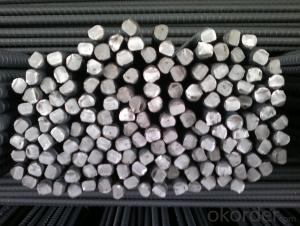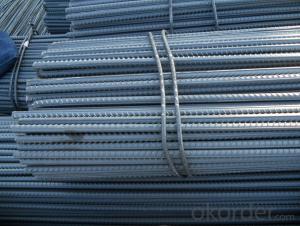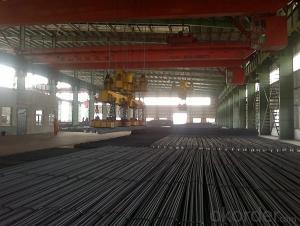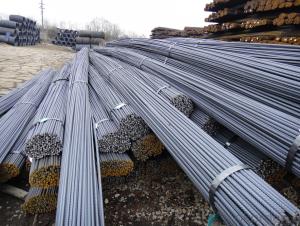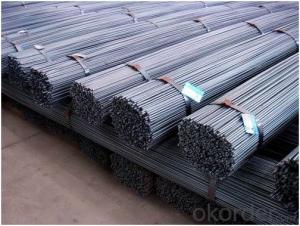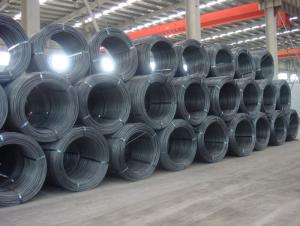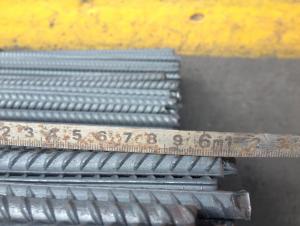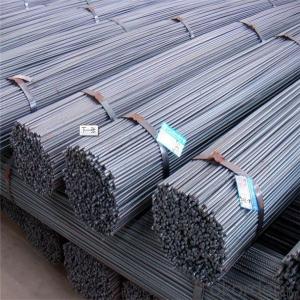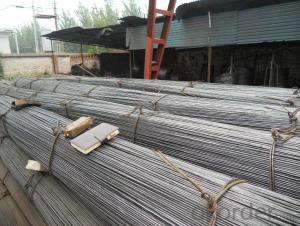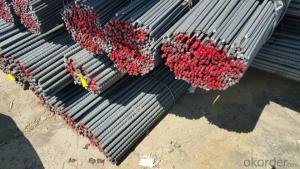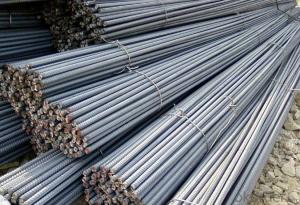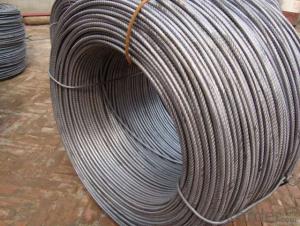All Categories
- - Steel Wire Rod
- - Steel Coils
- - Steel Profiles
- - Steel Pipes
- - Stainless Steel
- - Tinplate
- - Special Steel
- - Steel Sheets
- - Steel Rebars
- - Steel Strips
- - Hot Rolled Steel
- - Cold Rolled Steel
- - Pre-painted Steel
- - Seamless Steel Pipe
- - Welded Steel Pipe
- - Hollow Steel Tubes
- - Galvanized Pipe
- - Stainless Steel Coil
- - Stainless Steel Sheet
- - Stainless Steel Plate
- - Stainless Steel Strips
- - Electrolytic Tinplate Coil
- - Electrolytic Tinplate Sheet
- - Stainless Steel Rebars
- - Solar Panels
- - Solar Water Heater
- - Solar Related Products
- - Solar Inverter
- - Solar Cells
- - Solar Light
- - Solar Energy Systems
- - Solar Controllers
- - Solar Mounting System
- - Solar Pump
- - Solar Chargers
- - Fiberglass Chopped Strand
- - Fiberglass Mesh Cloth
- - Composite Pipes
- - FRP Pultrusion Profiles
- - Fiberglass Mat Tissue
- - Fiberglass Fabrics
- - Fiberglass Mesh
- - Composite Tank
- - Fiberglass Mesh tape
- - Polymer
- - FRP Roofing Panel
- - Fiberglass Roving
- - Monolithic Refractories
- - Ceramic Fiber Products
- - Refractory Bricks
- - Raw Materials For Refractory
- - Suspended Platform
- - Cranes
- - Concrete Machinery
- - Earthmoving Machinery
- - Building Hoist
- - Road Building Machinery
- - Plastic Pipe Fittings
- - Plastic Tubes
- - Plastic Sheets
- - Agricultural Plastic Products
- - Plastic Nets
 All Categories
All Categories
Q & A
How do steel rebars contribute to the structural integrity and safety of high-speed rail networks and transportation systems?
Steel rebars contribute to the structural integrity and safety of high-speed rail networks and transportation systems in several ways. Firstly, they provide reinforcement to concrete structures, such as bridges and tunnels, enhancing their strength and durability against heavy loads and potential impacts. This reinforcement ensures that the structures can withstand the dynamic forces and vibrations generated by high-speed trains, minimizing the risk of collapse or structural failure.
Additionally, steel rebars help to prevent cracking and deformation in concrete structures caused by temperature changes, moisture, and other environmental factors. By maintaining the integrity of the infrastructure, they reduce the chances of accidents and ensure the safety of passengers and operators.
Furthermore, steel rebars play a crucial role in maintaining track stability. They are used to anchor and secure the track components, including sleepers and rails, preventing any shifting or movement that could lead to derailments or accidents. This stability is essential for high-speed rail networks as it allows trains to travel at high velocities without compromising safety.
In summary, steel rebars provide structural reinforcement, prevent cracking, and ensure track stability in high-speed rail networks and transportation systems. Their contribution is vital in maintaining the integrity and safety of the infrastructure, guaranteeing the smooth and secure operation of these transportation systems.
How can steel rebars be effectively recycled and repurposed in construction?
Steel rebars can be effectively recycled and repurposed in construction through a two-step process: collection and processing. Firstly, collection centers can be established on construction sites to gather the discarded rebars, ensuring their separation from other waste materials. Secondly, these collected rebars can be processed by removing any impurities, such as concrete or rust, and then reshaped or resized to meet the specific construction needs. By implementing these steps, steel rebars can be efficiently recycled and repurposed, reducing the demand for new materials and promoting a more sustainable construction industry.
What is the role of mechanical splices and connectors in ensuring reliable and secure steel rebar connections?
The role of mechanical splices and connectors in ensuring reliable and secure steel rebar connections is to provide a strong and durable joint between the bars. These splices and connectors are designed to transfer the load from one bar to another, effectively eliminating the need for overlapping or welding of the rebar. By using mechanical splices and connectors, construction professionals can achieve consistent and predictable connections that meet the required structural integrity and safety standards. Additionally, these mechanical solutions ensure ease of installation, inspection, and maintenance, thereby enhancing the overall reliability and security of steel rebar connections.
Can steel rebars be used in underwater construction projects?
Yes, steel rebars can be used in underwater construction projects. Steel is a commonly used material for reinforcement in concrete structures, including those built underwater. It provides strength and durability to the construction, making it suitable for various underwater applications such as bridges, ports, and offshore platforms. Proper corrosion protection measures are typically taken to prevent the rebars from deteriorating due to the exposure to water and salts.
Wholesale Steel Rebars from supplier in Ireland
We are a Steel Rebars supplier serving the Ireland, mainly engaged in the sale, quotation, and technical support services of various Steel Rebars products in the Ireland region. We are a subsidiary platform of the Fortune Global 500 company CNBM, able to provide you with one-stop Steel Rebars procurement services in the Ireland. Not only do we have a wide range of Steel Rebars products, but after years of market development in the Ireland, we can also provide valuable experience for your projects.
